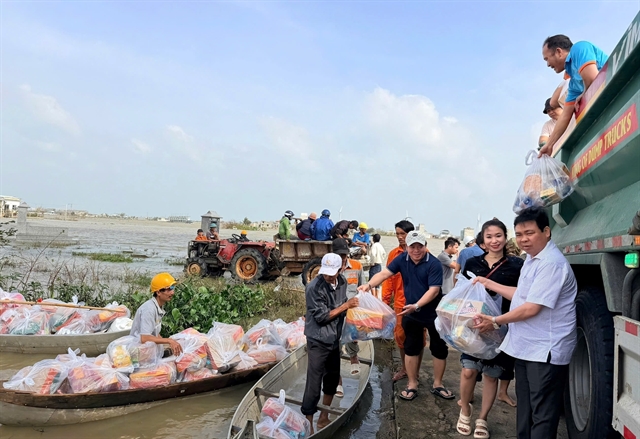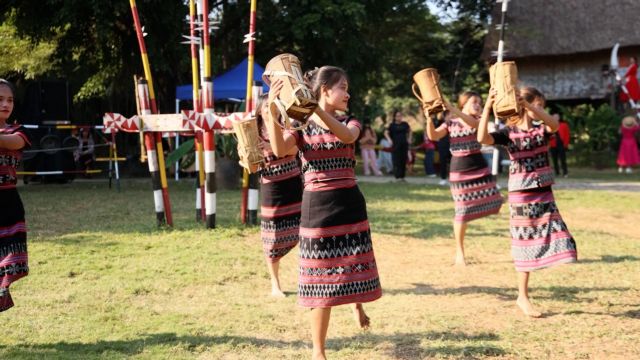 Life & Style
Life & Style

Located just 20km from northern city Nam Định, the village of Cổ Chất in Phương Định Commune was one of the country’s most well-known sericulture and silk making villages for hundreds of years.
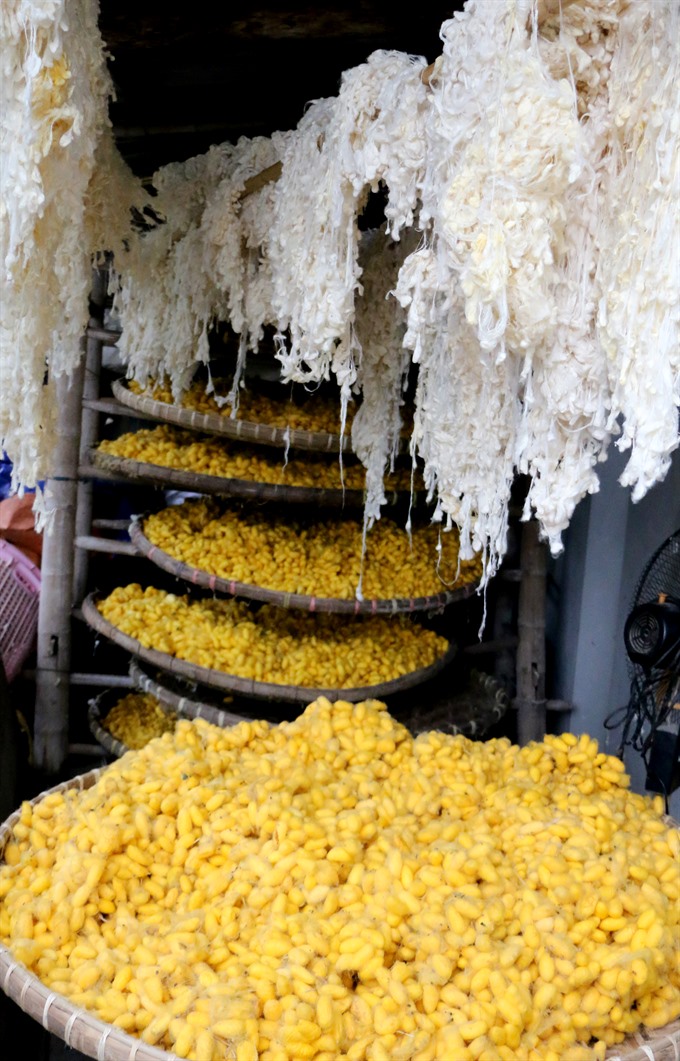 |
| Nature’s bounty: A corner of a local silk making workshop. Many families still follow the traditional hand-made method passed down through generations. — VNA Photos Nguyễn Lành |
Located just 20km from the central Nam Định City, the village of Cổ Chất in Phương Định Commune has been one of the country’s best-known sericulture and silk villages for hundreds of years.
The village saw its golden days after winning numerous prizes at trade shows and exhibitions during the French colonial era. Silk products made here were so famous that the French built a factory right next to the village to capitalise on its reputation and skilled labour force.
The best months for sericulture are February, March, August, September and October, said elder Đoàn Thị Cây, because good weather conditions allow villagers to cultivate white silkworms.
The traditional production method is 100 per cent handmade with silk threads said to be thin, soft, durable and vibrantly colourful. However, the once-thriving silk makers have struggled to survive in recent years, with more and more villagers opting out for other jobs for better pay.
Local authorities, in an attempt to preserve and revitalise the village’s craft, have encouraged local businesses to set up local cotton factories. — VNS
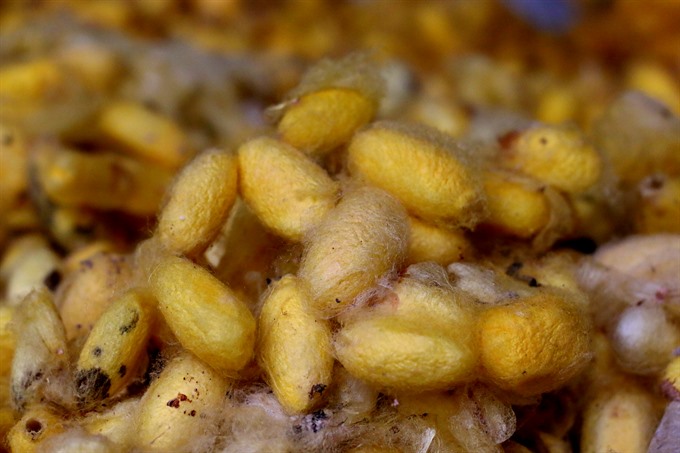 |
| Gross!: Larvae fed on mulberry leaves produce the very finest silk. The larva will eat 50,000 times its initial weight in plant material. |
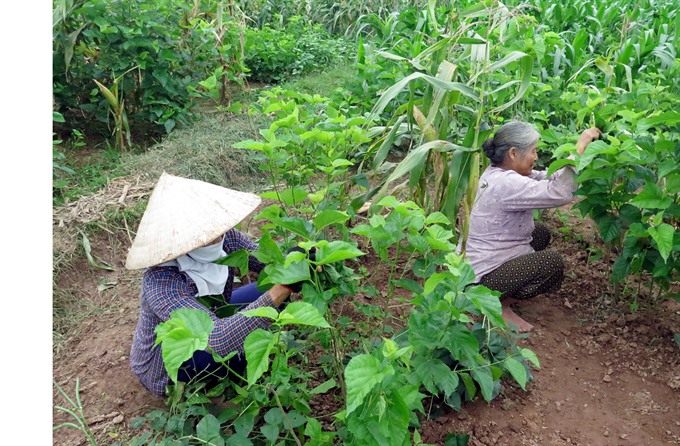 |
| Food for fashion: Villagers gather mulberry leaves as food for silkworms. |
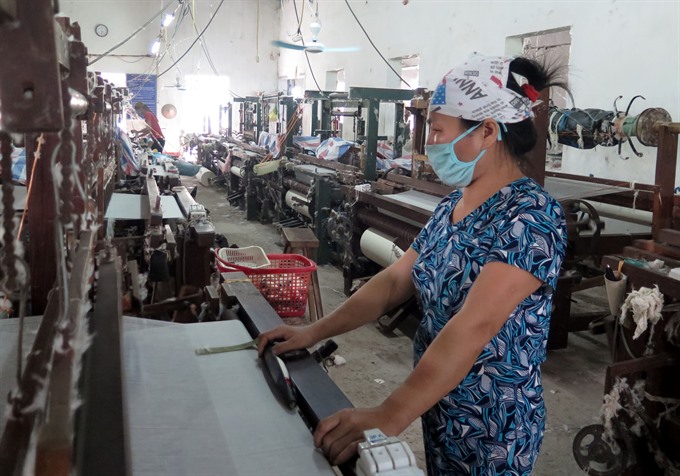 |
| A new era: Weaving machines were introduced in an effort to improve productivity from the traditional hand-made production method. |
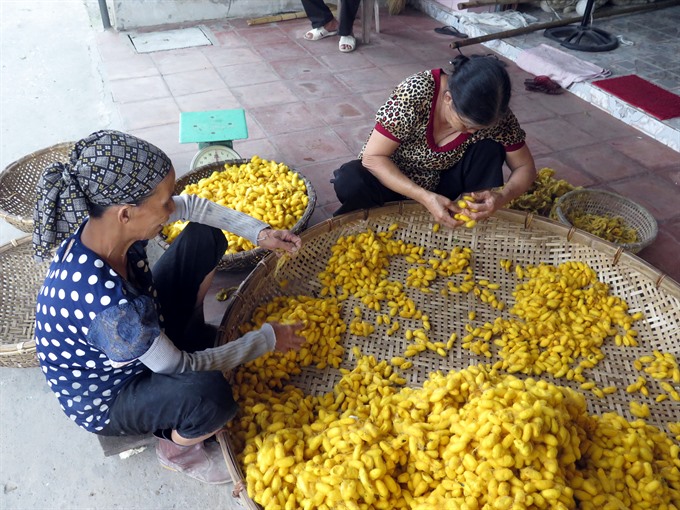 |
| Dirty work: Two local women sort out silkworm cocoons. They will be treated with boiling water to dissolve the adhesive that glues one strand of silk to the layers below. |




